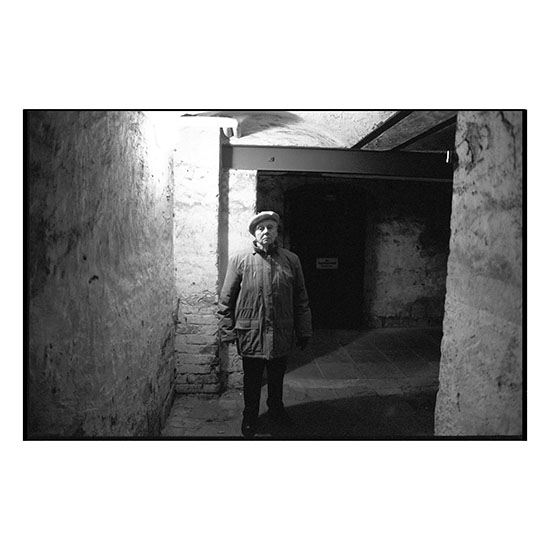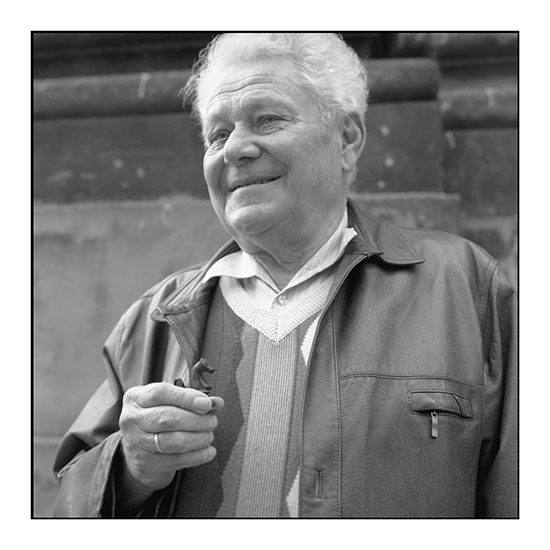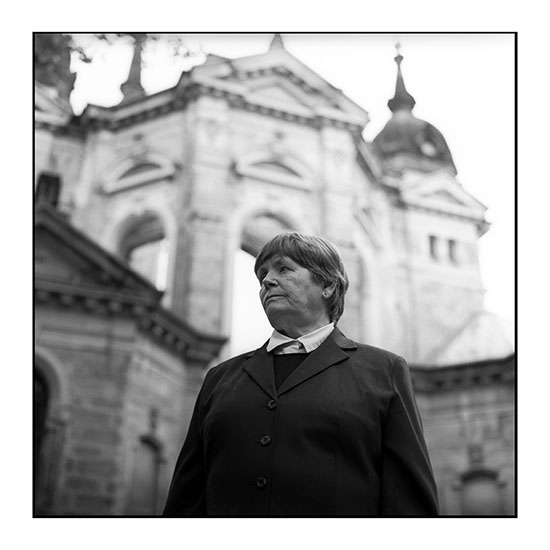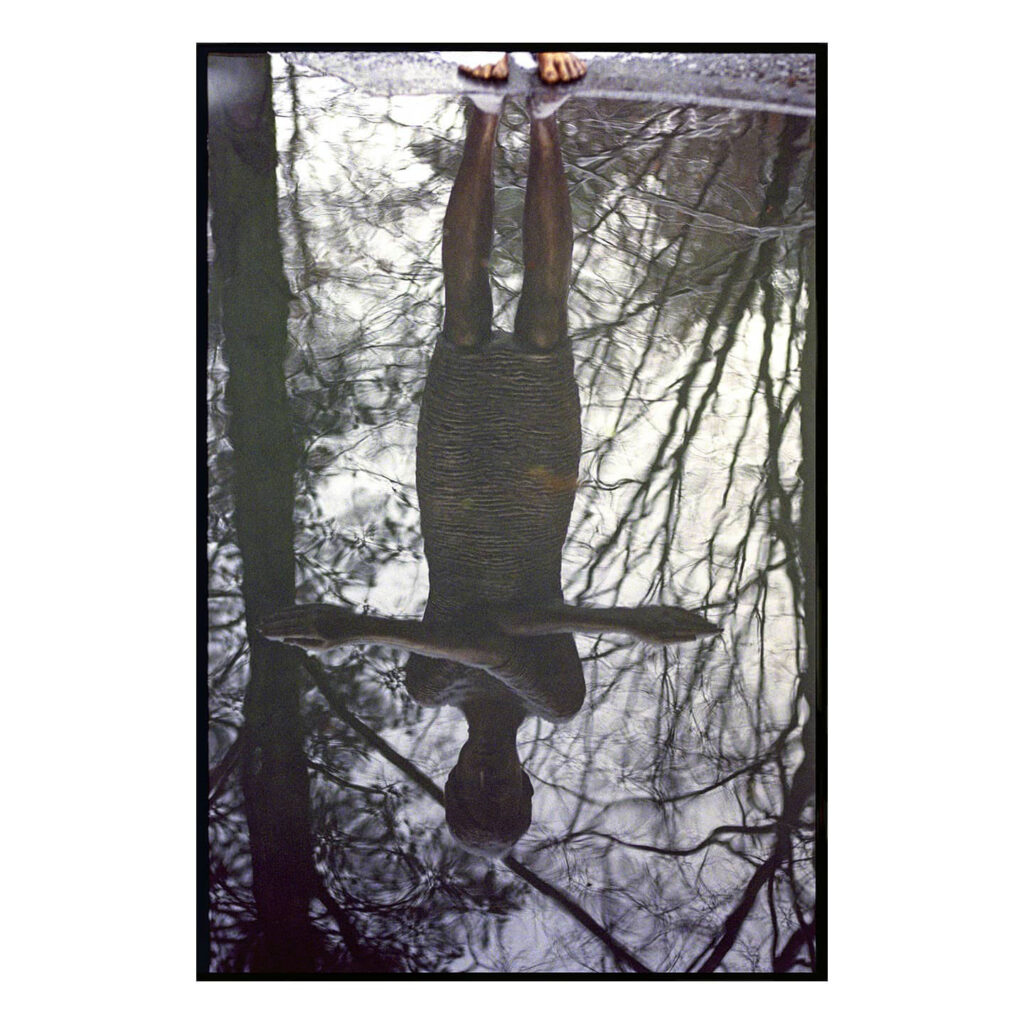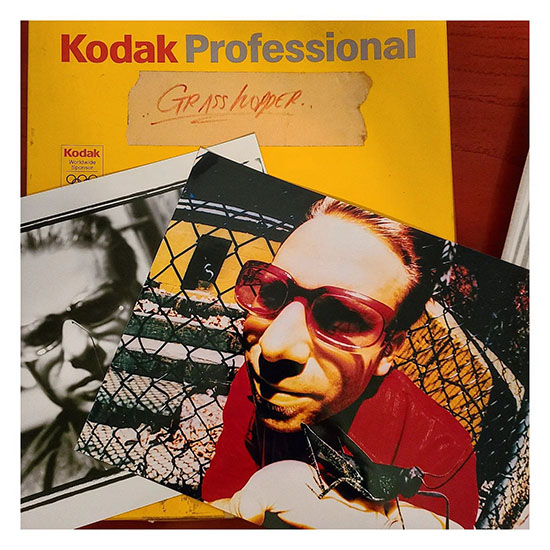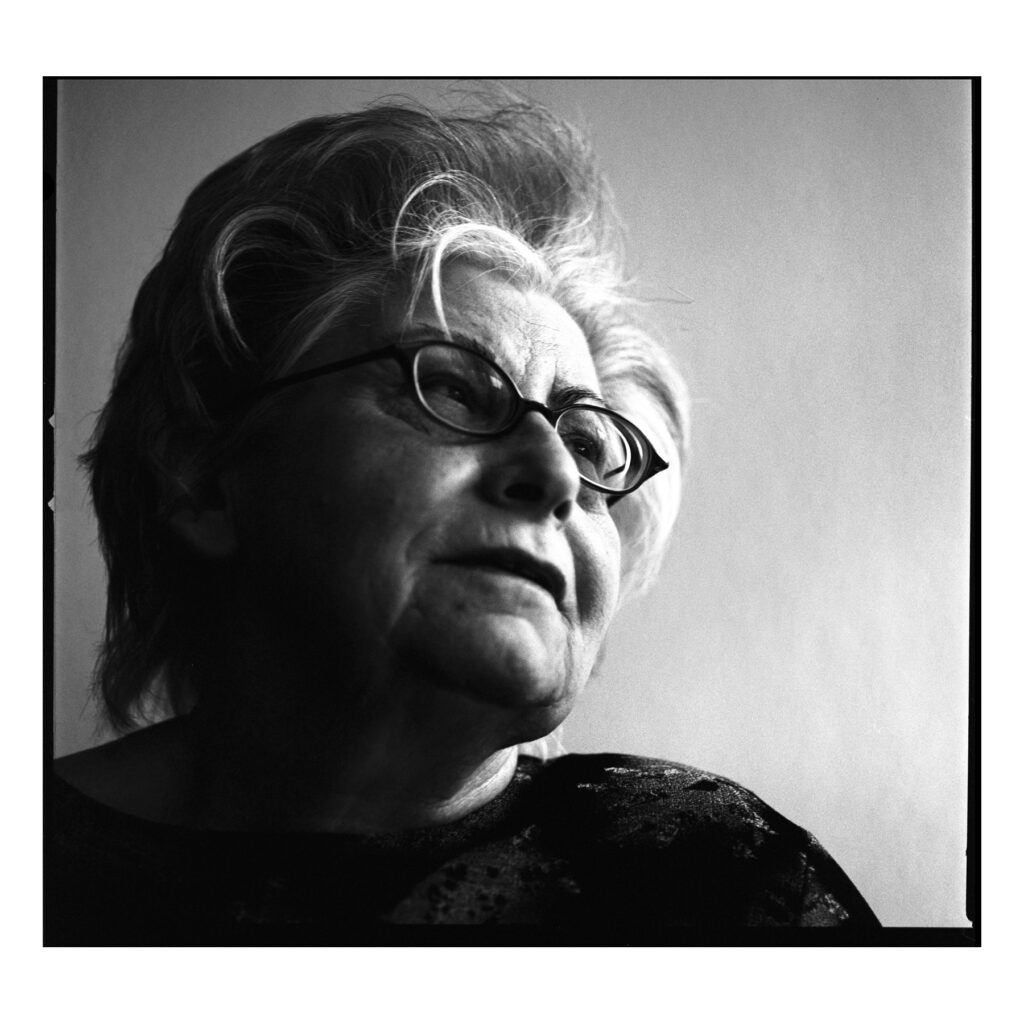
“Returning to the ruins of my old house at 85 Wittenbergerstrasse was a terribly sad experience. We saw the burnt frame of my mother’s bicycle, my doll carriage was destroyed and our old clothing that was still hanging on an old drying line. These are memories that have always stayed with me. I wrote down my story during the 1990’s so my grandchildren know what happened. What is also important to me is correspondence with bombing victims from other countries.
Later in life my sister was interested in what happened. My mother and I spoke to her often about what we experienced.
During East German times the number of casualties was reported at 35,000. Researchers now put the casualty rate at 25,000. I believe that the number is somewhere in between. My husband, who is 15 years older than me, was a young soldier at the time. Days after Dresden was destroyed he had to cremate the dead bodies that were stacked on wooden lorries. Until this day he still can’t go to the remembrance ceremonies on February 13th because it is too painful.”
-Christa Hennemann, Dresden firebombing survivor
Christa Hennemann was eight-years-old when Dresden was firebombed into cinder by the British Royal Air Force and the United States Army Air Force. The attack was divided into three bombing raids dropping over 4,500 tons of high explosives, including incendiary bombs, onto the city known as “Florence on the Elbe.” This portrait is a part of my From Above project which featured portraits of atomic bomb and firebombing survivors from WWII. My limited edition book is available at https://www.photoeye.com/bookstore/citation.cfm?catalog=I1040&i=&i2=
A selection of From Above portraits taken in Dresden and also including portraits of firebombing survivors from Coventry, Rotterdam, Tokyo and atomic bomb survivors is now being exhibited in Dresden at the outdoor display case in front of the Gewandhaus Strasse from February 12th-March 26th. Eight portraits will be displayed along with short testimonies. The photographs will change every two weeks.
